Creative SpoonFeeding- Techniques To Learn Automobile Easy!
So what I'll try doing here is lighten that understanding dosage, and make you rote while you note! Join the fun!
Member • May 6, 2012
Member • May 6, 2012
Member • May 6, 2012
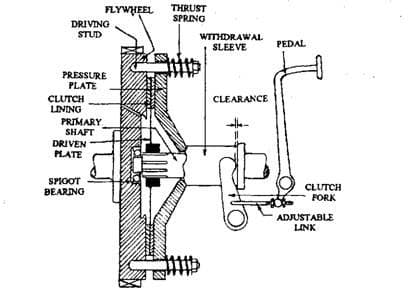
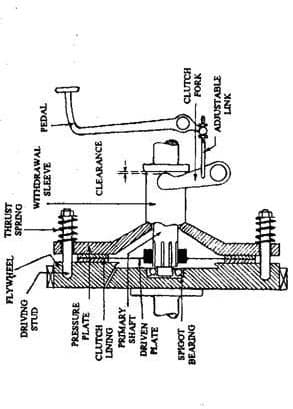
Member • May 6, 2012
Member • May 7, 2012
Member • May 7, 2012
Member • May 7, 2012
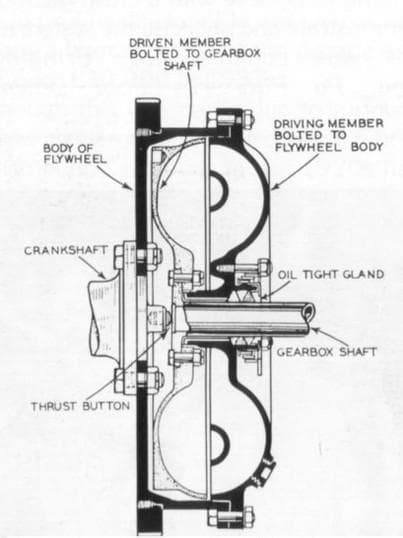
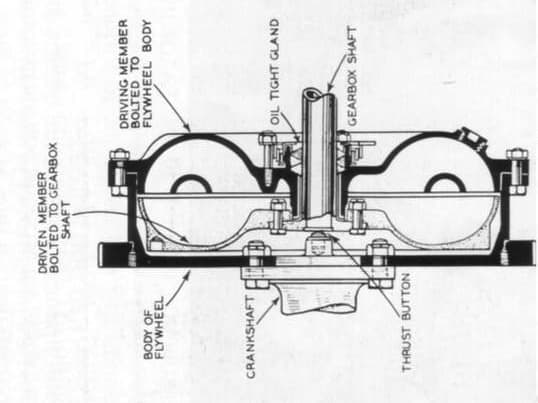
Member • May 7, 2012
Member • May 7, 2012
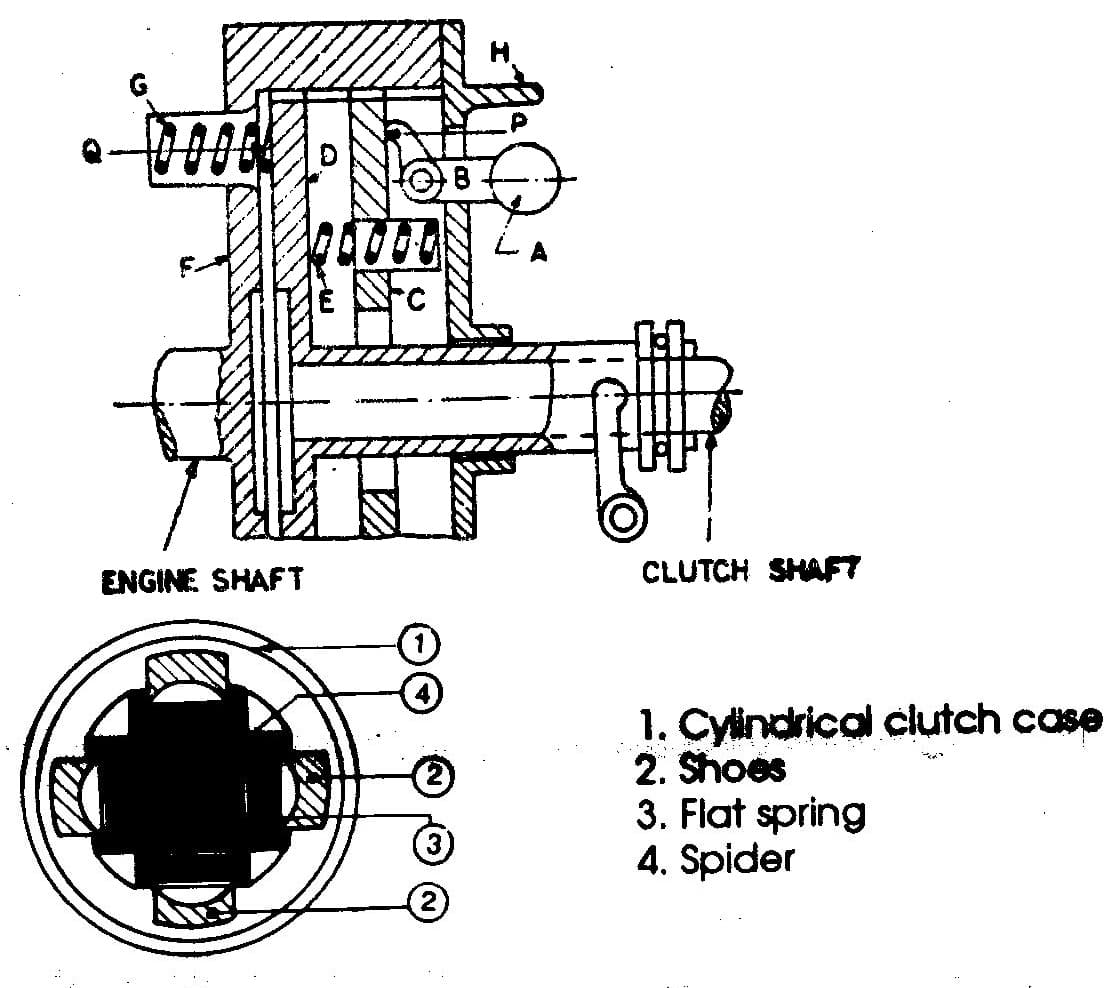
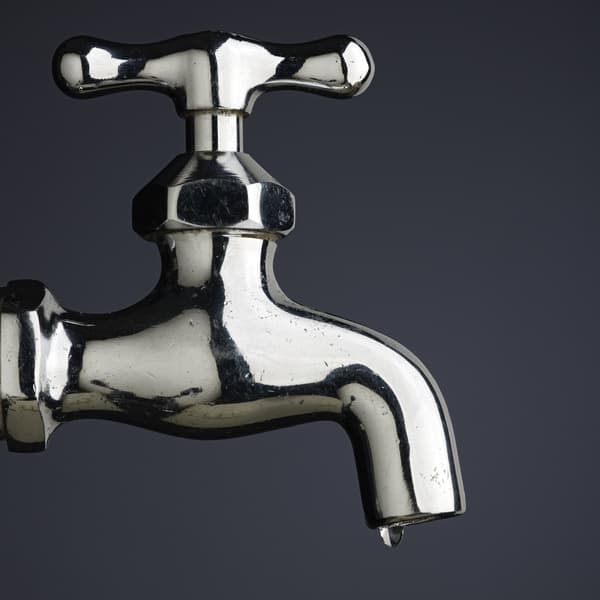
Member • May 8, 2012
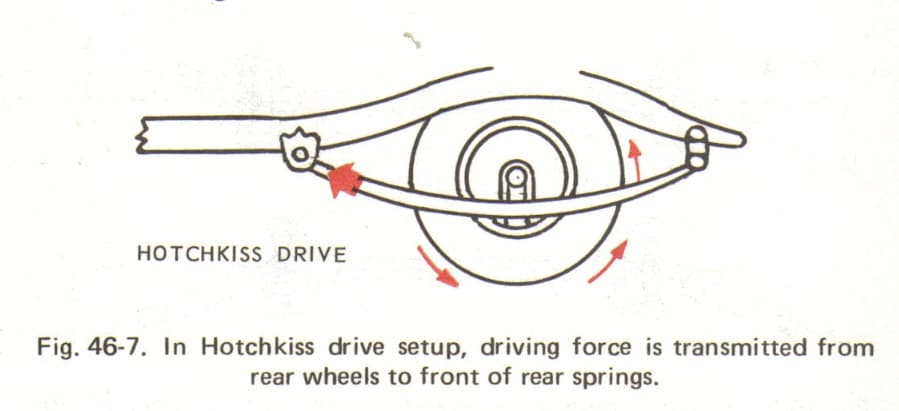
Member • May 9, 2012
Member • May 10, 2012
Member • May 10, 2012
Member • May 10, 2012
Member • May 10, 2012
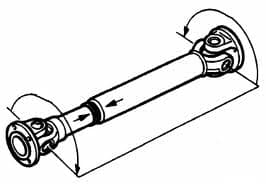
Member • May 11, 2012
Member • May 11, 2012
No, the name comes from its creator, Albert Hotchkiss! 😀zaveri@#-Link-Snipped-#
as for the hotchkiss drive , is that how it originally got its name ?
Member • May 14, 2012
Member • May 14, 2012
Sure thing! PM me the images of whatever you need(a full-sized image of the pages would be great), and I'll get back to you soon! 😀zaveri@ wise_fool
Do you know of a creative way to tackle derivations ? especially the ones in thermodynamics, jet propulsion and gas dynamics ?
Member • Oct 23, 2012
Member • Nov 9, 2012
Administrator • Nov 10, 2012
Member • Nov 10, 2012
Member • Nov 21, 2012
Let's do it the other way round buddy 😀 Just let me know the topics/mechanisms that have you going nuts and we can surely work something out together! 👍silent observerimpressed............
please send me sketches of other mechanisms also ........
which book do i refer for easy and practical understanding of AUTOMOBILE mechanisms? Will going to garage for better understanding make difference?
Waiting for reply from any helpful buddy.
Not considering my ongoing studies seriously making me unable to think practically. I think i have that much of potential to be a mechanical engg. in real manner, but something is forcing me back..I THINK IT IS MY LAZYNESS
But still
Let's see, something will definitely happen...But when and how?
Member • Nov 22, 2012
Member • Mar 21, 2013
really nice work... thankz..The_Wise_FoolSure thing! PM me the images of whatever you need(a full-sized image of the pages would be great), and I'll get back to you soon! 😀
Member • Jun 15, 2013
Member • Jun 18, 2013
Member • Jun 18, 2013
Member • Jun 22, 2013
Member • Jun 27, 2013
Member • Jun 28, 2013
Ok, I'll need to check this out. I'll get back to you soon with an easy getaway. 😀vikaskumar11233I need of explanation of power transmission between front and back side tires- how the power goes with rod pulley driven and driver with diagram, please help me out.
Member • Jul 12, 2013
Member • Dec 16, 2013
Member • Dec 16, 2013
Member • Dec 16, 2013
Member • Dec 16, 2013
Yes bro.I would be back soon .Ambarish Ganesh@#-Link-Snipped-# Thank you. Glad it was of help. The technical terms are not that important, just remember where to label them in the diagram and you're good to go. 😀
@#-Link-Snipped-# I don't have an automobile book with me. Made this thread with whatever half-scribbled notes I could find. If you can add more to it then it's great. Go ahead. 👍
Member • Dec 17, 2013
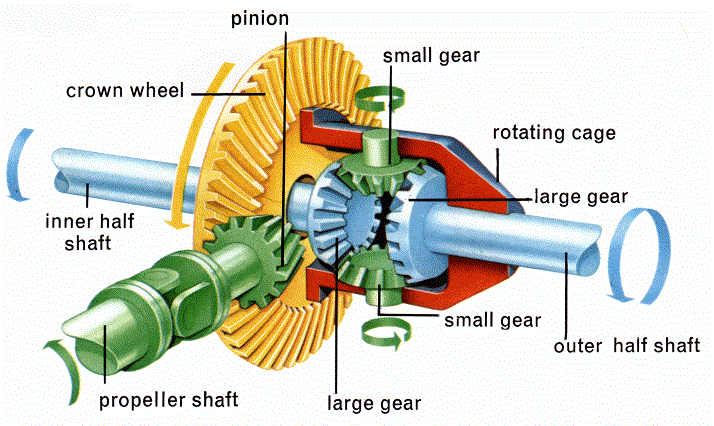
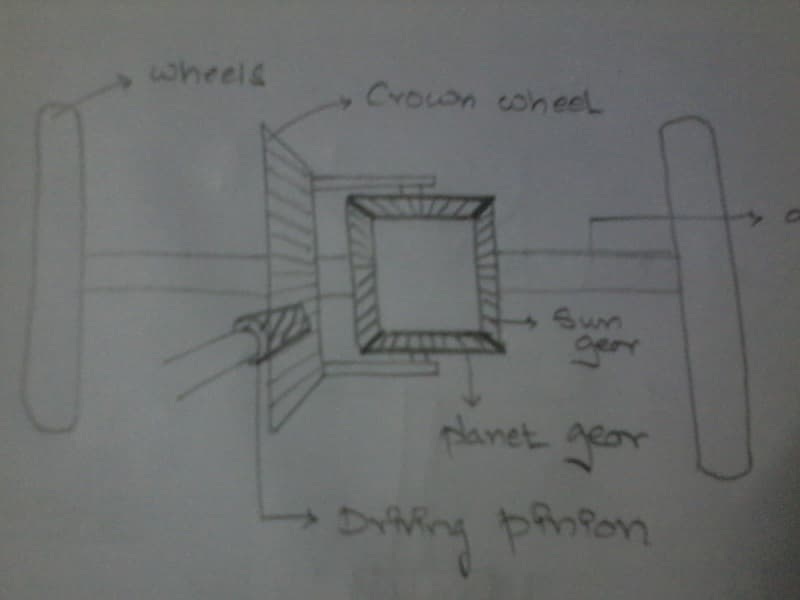
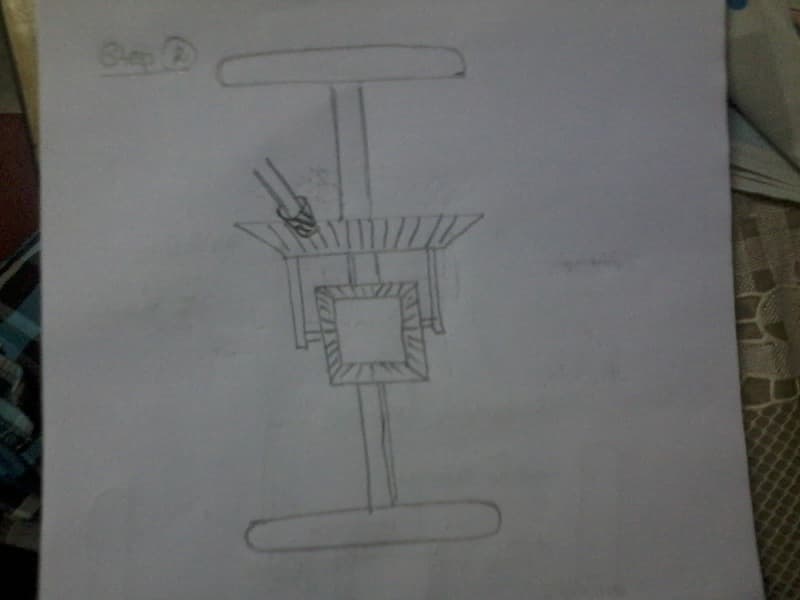
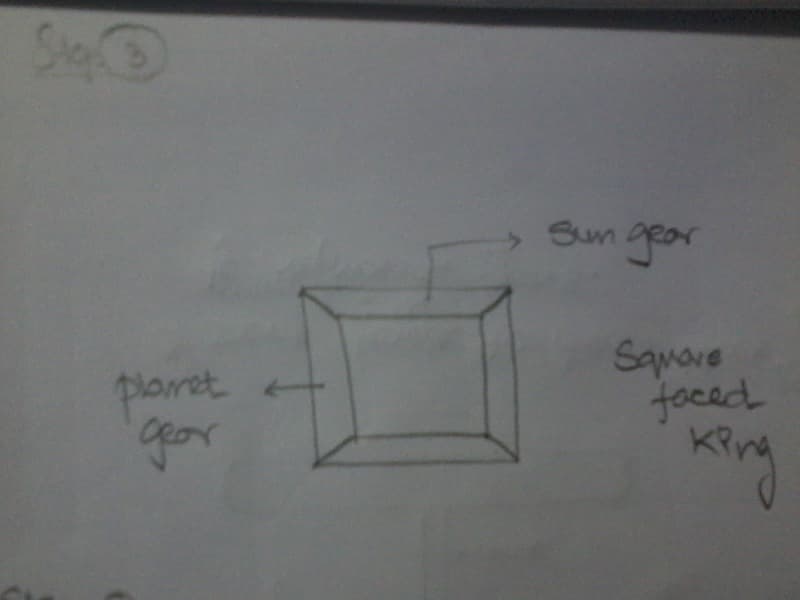
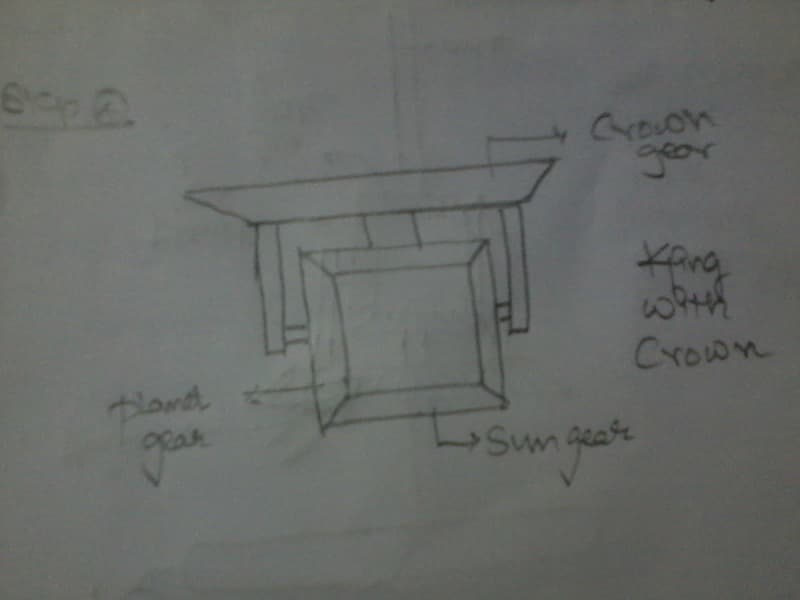
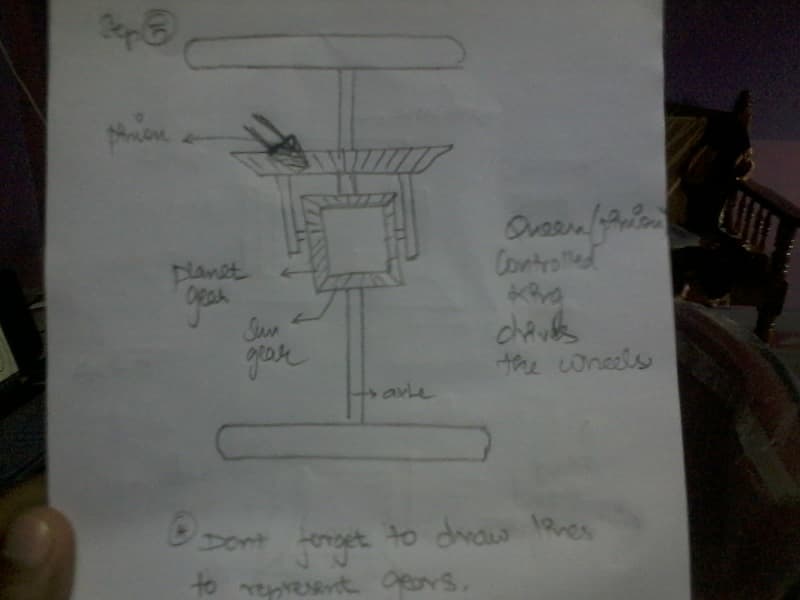
Member • Mar 2, 2014
Member • Aug 14, 2014
Member • Aug 14, 2014
Happy to hear that it helped you.aravinth samisuper technique it realy work
Member • Dec 9, 2014
Member • Dec 9, 2014
I did have similar notes on Mechanics and Kinematics. The content's not with me presently, but do let me know the important topics you are dealing with (important both concept-wise and scoring-wise), and I'll see how I can help you. You are definitely not failing this paper!Sangee123I feel so screwed for mechanics: statics and dynamics 😔. My friends are all planning to fail it, just to retake it. But, I dont want to retake it. I am no creep, I actually was
searching for some solution on google, when I ended up on this page.
Member • Dec 9, 2014
Member • Dec 9, 2014
That's a huge list. Let me see what I can get. If possible PM me the scanned images of these from the book.Sangee123I am just going to say all the topics, so if anyone has info on it; it would save my life! Rigid bodies:equivalent systems of forces, centroids and centers of gravity, analysis of structures, moments of inertia, systems of particles, kinematics of rigid bodies, plane motion of rigid bodies (forces and acceleration). By the way, thanks 4 the offer!!!
Member • Dec 10, 2014
Member • Aug 12, 2015
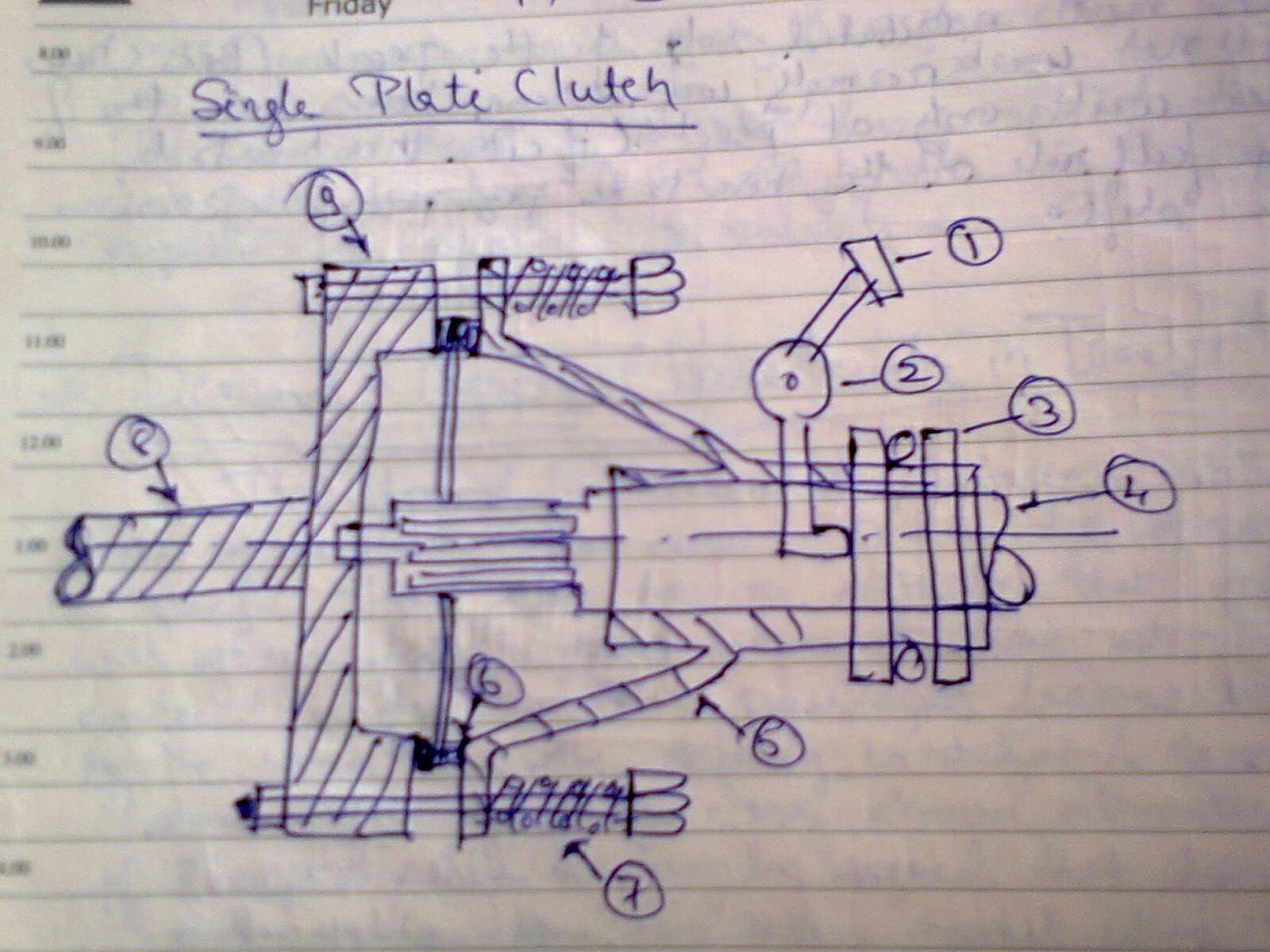

Member • Feb 21, 2016
---Ambarish GaneshSingle Plate Clutch-
The single plate clutch's schematic diagram is something like this.
Looks pretty simple, eh? Wait till you are bombarded with hundred other diagrams throughout the book that'll send your brain for a toss. Here's how we make the diagram simpler:
(And I won't be drawing the entire stuff as it takes a lot of time!)
Step 1:
Rotate the image by a 90 degrees as shown.
Now imagine that the flywheel's a huge field, and three towers(The big one at the center and the smaller ones at either side) stand on the field. Provide some fencing at the smaller towers(those make up for the springs.)
Step 2:
Now, leave a few millimeters above the field, and draw supports for the bigger tower(starting from the smaller towers linearly, and then inclining them from a point) This is your pressure plate.
Now remember, that gap you left earlier, put a clutch plate there.
Note: The clutch plate lies between the flywheel and the pressure plate.
Step 3:
Where the supports end at the bigger tower, start drawing a diametrically larger cylinder, the King's Chamber( the withdrawal sleeve). Note that it has got a clearance above. Once it's done, add a clutch fork to it, and connect it to a pedal via an adjustable link.
Diagram done. Now read the theory once, and smirk! 😉
- fantastic ! Diagrams greatly simplified !! i wonder if i had such tutors then ...Ambarish GaneshSingle Plate Clutch-
The single plate clutch's schematic diagram is something like this.
Looks pretty simple, eh? Wait till you are bombarded with hundred other diagrams throughout the book that'll send your brain for a toss. Here's how we make the diagram simpler:
(And I won't be drawing the entire stuff as it takes a lot of time!)
Step 1:
Rotate the image by a 90 degrees as shown.
Now imagine that the flywheel's a huge field, and three towers(The big one at the center and the smaller ones at either side) stand on the field. Provide some fencing at the smaller towers(those make up for the springs.)
Step 2:
Now, leave a few millimeters above the field, and draw supports for the bigger tower(starting from the smaller towers linearly, and then inclining them from a point) This is your pressure plate.
Now remember, that gap you left earlier, put a clutch plate there.
Note: The clutch plate lies between the flywheel and the pressure plate.
Step 3:
Where the supports end at the bigger tower, start drawing a diametrically larger cylinder, the King's Chamber( the withdrawal sleeve). Note that it has got a clearance above. Once it's done, add a clutch fork to it, and connect it to a pedal via an adjustable link.
Diagram done. Now read the theory once, and smirk! 😉
Member • Aug 2, 2017